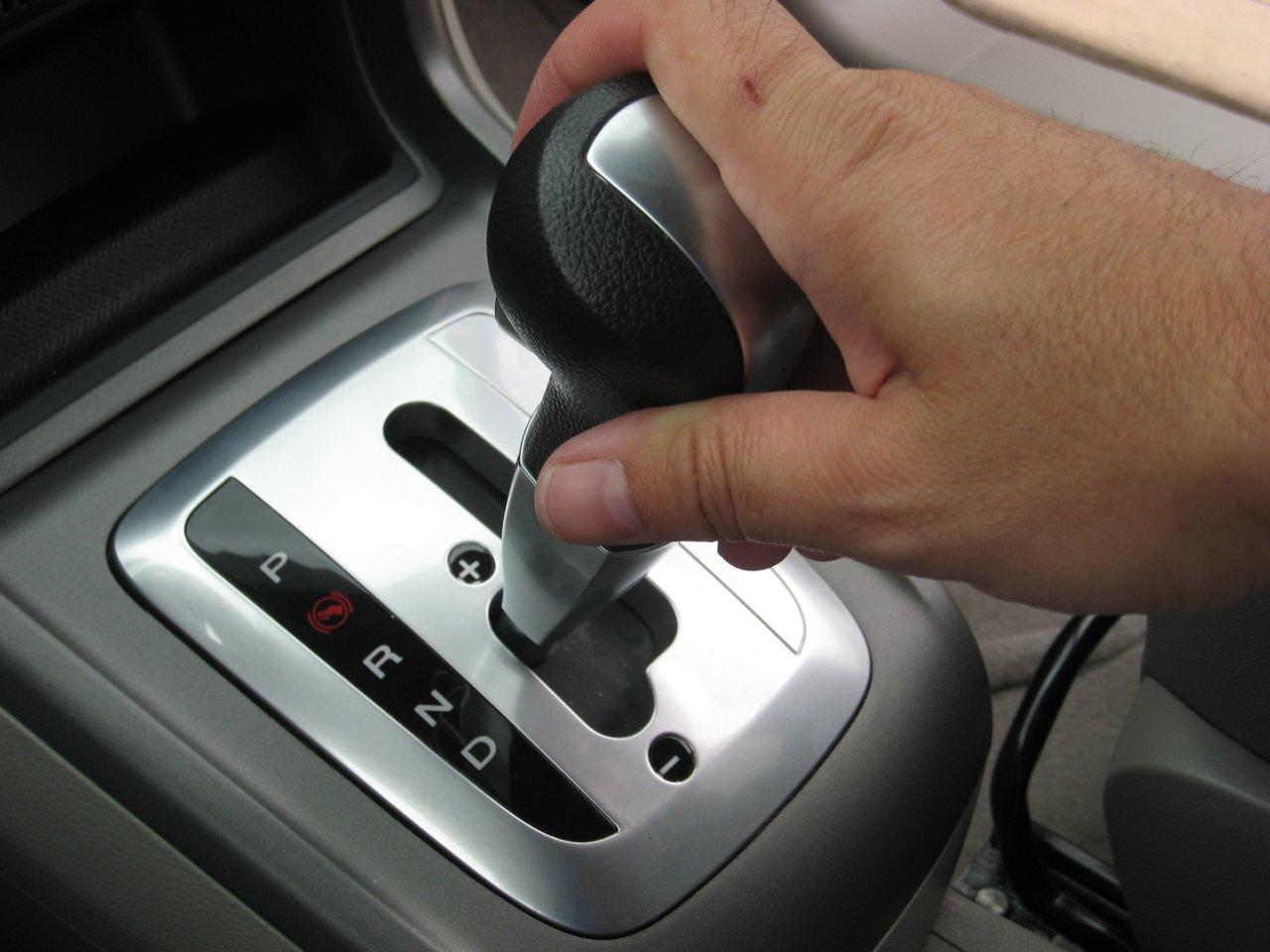
Automatic transmission. The 10 most common driver mistakes ruin vending machines
Content
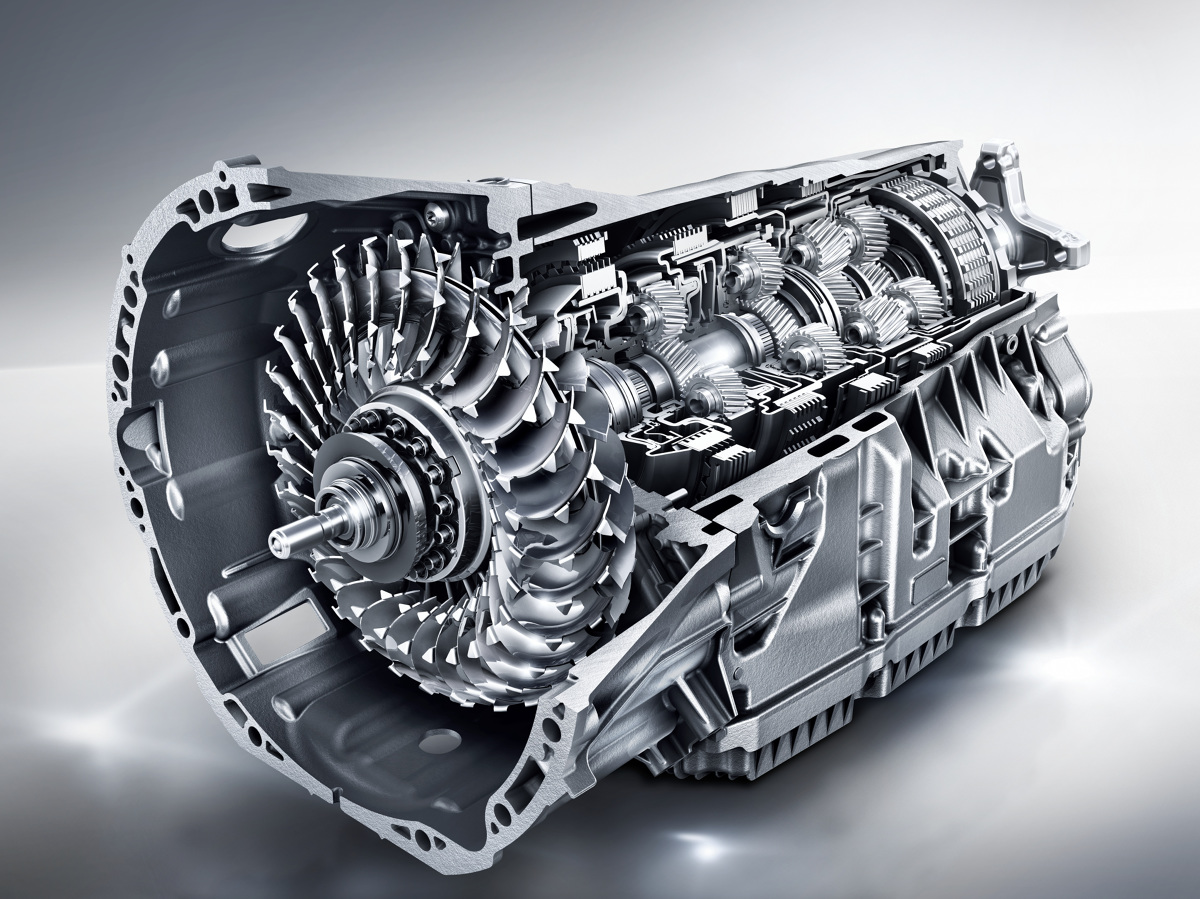 Automatic transmissions have their staunch supporters and opponents. The former appreciate the comfort and smoothness of driving, especially in the city. Others argue that automatic shifting takes away driving pleasure due to the unique "mechanical" connection between human and vehicle.
Automatic transmissions have their staunch supporters and opponents. The former appreciate the comfort and smoothness of driving, especially in the city. Others argue that automatic shifting takes away driving pleasure due to the unique "mechanical" connection between human and vehicle.
The point, however, is that automatics are gaining more and more popularity and are being used by people who have never dealt with this type of transmission before. In order to enjoy the driving comfort and trouble-free operation of this complex mechanism for as long as possible, it is necessary to follow a few simple rules in the daily use of the automatic transmission. In our guide, we tell people about certain activities that are not suitable for automata.
The editors recommend: Checking whether it is worth buying a used Opel Astra II
CHANGING DRIVING MODES WITHOUT COMPLETE STOPPING OF THE VEHICLE
 Both changes in driving modes - switching between forward (D) and reverse (R), as well as setting the selector to the "park" position must be carried out with the car completely stopped with the brake pedal depressed. Modern boxes have a lock to prevent throwing a P while moving, but in older designs this error can be both possible and costly. The exception is modes 3,2,1 in old gearboxes, which we can change while driving. These modes lock the gears, preventing the transmission from shifting above the mark on the selector. It should be remembered that the speed at which we want, for example, to downshift, must be appropriately matched to the gear ratio.
Both changes in driving modes - switching between forward (D) and reverse (R), as well as setting the selector to the "park" position must be carried out with the car completely stopped with the brake pedal depressed. Modern boxes have a lock to prevent throwing a P while moving, but in older designs this error can be both possible and costly. The exception is modes 3,2,1 in old gearboxes, which we can change while driving. These modes lock the gears, preventing the transmission from shifting above the mark on the selector. It should be remembered that the speed at which we want, for example, to downshift, must be appropriately matched to the gear ratio.
N MODE WHEN DRIVING
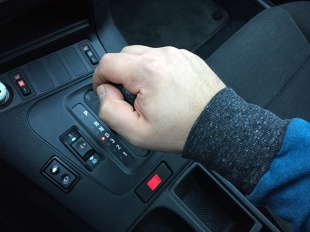 Lubrication is especially important for automatic transmissions. While during normal driving in D mode, the pump provides the correct oil pressure, when we switch to N mode in a moving car, it drops significantly. This behavior will not lead to immediate failure of the transmission, but will certainly shorten its life. Additionally, when switching modes between N and D in a moving car, due to the difference in engine speed (they then fall to idle) and the wheels, the automatic transmission clutch suffers, which has to withstand heavy loads.
Lubrication is especially important for automatic transmissions. While during normal driving in D mode, the pump provides the correct oil pressure, when we switch to N mode in a moving car, it drops significantly. This behavior will not lead to immediate failure of the transmission, but will certainly shorten its life. Additionally, when switching modes between N and D in a moving car, due to the difference in engine speed (they then fall to idle) and the wheels, the automatic transmission clutch suffers, which has to withstand heavy loads.
N OR PW MODE DURING LIGHT Idle Time
Firstly, changing modes to P or N during a short stop, for example, at a traffic light, contradicts the idea of \uXNUMXb\uXNUMXban automatic transmission, in which the participation of the driver in the control of the transmission is minimized. Secondly, too frequent and in this case excessive swinging of the gear selector leads to faster wear of the clutch discs. In addition, if the car is parked in the “Park” mode (P) at a traffic light and another car drives into our car from behind, we have a guarantee of serious damage to the gearbox.
See also: Seat Ibiza 1.0 TSI in our test
MOUNTAIN DOWN TO D or N
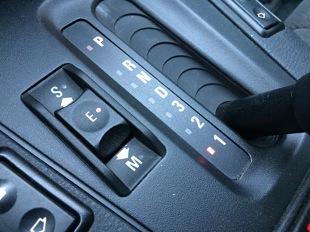 In old automatic transmissions that do not have the ability to manually shift gears, we have a choice of programs (most often) 3,2,1. They mean that the gearbox will not shift a gear higher than the gear corresponding to the given number on the selector. When to use them? They will definitely come in handy in the mountains. During long descents with these programs it is worth increasing the engine braking. This will help to avoid the risk of the brakes losing effectiveness due to brake heating, since in D mode there is practically no engine braking, and the transmission shifts to higher gears when the car accelerates. In the case of a car with manual gear shifting, we try to select them so that engine braking is as effective as possible. Do not drive downhill in N mode. In addition to asking to melt the brakes, you can also ruin the gearbox. The wheels of a moving vehicle cause the transmission to accelerate and increase its temperature while the engine is idling without proper oil pressure or cooling. Sometimes one descent of several kilometers in N mode can turn into a descent to a gearbox repair shop.
In old automatic transmissions that do not have the ability to manually shift gears, we have a choice of programs (most often) 3,2,1. They mean that the gearbox will not shift a gear higher than the gear corresponding to the given number on the selector. When to use them? They will definitely come in handy in the mountains. During long descents with these programs it is worth increasing the engine braking. This will help to avoid the risk of the brakes losing effectiveness due to brake heating, since in D mode there is practically no engine braking, and the transmission shifts to higher gears when the car accelerates. In the case of a car with manual gear shifting, we try to select them so that engine braking is as effective as possible. Do not drive downhill in N mode. In addition to asking to melt the brakes, you can also ruin the gearbox. The wheels of a moving vehicle cause the transmission to accelerate and increase its temperature while the engine is idling without proper oil pressure or cooling. Sometimes one descent of several kilometers in N mode can turn into a descent to a gearbox repair shop.
AN ATTEMPT TO GO OUT OF CHRISTMAS IN D, RISE
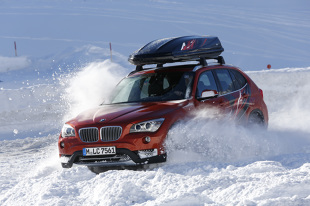 In winter, getting stuck in a snowdrift is not very pleasant. If in the case of a manual transmission, one of the ways to care may be to try to rock the car - back and forth, using first and reverse gears, then in the case of an automatic transmission, we recommend that you be careful in this matter. With an automatic transmission, this is more difficult to do, because the reaction time to a mode change, and hence the moment when the wheels begin to turn in the opposite direction, is longer. In addition - changing modes quickly, quickly from D to R and immediately adding gas, we can destroy the chest. When the automatic transmission enters one of these modes, it takes some time before the power is actually transferred to the wheels. Attempting to immediately add gas after a mode change has a characteristic "stutter" that should be avoided. If a car with a gun goes deep, we block the box in the lowest possible gear and try to carefully drive out. If that doesn't work, it's best to seek help. It will be cheaper than repairing the gearbox.
In winter, getting stuck in a snowdrift is not very pleasant. If in the case of a manual transmission, one of the ways to care may be to try to rock the car - back and forth, using first and reverse gears, then in the case of an automatic transmission, we recommend that you be careful in this matter. With an automatic transmission, this is more difficult to do, because the reaction time to a mode change, and hence the moment when the wheels begin to turn in the opposite direction, is longer. In addition - changing modes quickly, quickly from D to R and immediately adding gas, we can destroy the chest. When the automatic transmission enters one of these modes, it takes some time before the power is actually transferred to the wheels. Attempting to immediately add gas after a mode change has a characteristic "stutter" that should be avoided. If a car with a gun goes deep, we block the box in the lowest possible gear and try to carefully drive out. If that doesn't work, it's best to seek help. It will be cheaper than repairing the gearbox.
AGGRESSIVE DRIVING IN A COLD GEARBOX
 The general rules for operating a car state that the first kilometers after starting a cold car should not be driven aggressively, but calmly. This will allow all fluids to warm up - then they will reach their operating temperature, at which they have optimal performance. This principle also applies to automatic transmissions. The oil in a classic automatic is a fluid that plays an important role in transmitting torque to the wheels, so it’s worth giving it a minute to warm up, avoiding aggressive driving immediately after starting the car.
The general rules for operating a car state that the first kilometers after starting a cold car should not be driven aggressively, but calmly. This will allow all fluids to warm up - then they will reach their operating temperature, at which they have optimal performance. This principle also applies to automatic transmissions. The oil in a classic automatic is a fluid that plays an important role in transmitting torque to the wheels, so it’s worth giving it a minute to warm up, avoiding aggressive driving immediately after starting the car.
TRAILER TOWING
 Automatic transmissions are components that are sensitive to overheating. Usually, during normal operation, their temperature does not exceed dangerous limits. The situation changes when we plan to tow a heavy trailer. Before we do that, let's try to determine if our vehicle is equipped with a transmission oil cooler. If not, we should consider installing it. Owners of cars imported from outside Europe should be especially careful. Many American cars—except huge pickup trucks and SUVs designed to tow trailers—don't have a transmission oil cooler.
Automatic transmissions are components that are sensitive to overheating. Usually, during normal operation, their temperature does not exceed dangerous limits. The situation changes when we plan to tow a heavy trailer. Before we do that, let's try to determine if our vehicle is equipped with a transmission oil cooler. If not, we should consider installing it. Owners of cars imported from outside Europe should be especially careful. Many American cars—except huge pickup trucks and SUVs designed to tow trailers—don't have a transmission oil cooler.
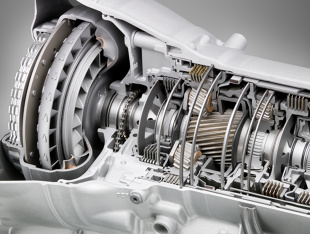
NO OIL CHANGE
Although many manufacturers do not provide for changing the oil in the automatic transmission for the life of the car, it is worth doing. Mechanics advise adhering to intervals of 60-80 thousand. km. The oil in the box, like any other liquid in the car, ages, losing its properties. Let's go back a little to 30 years ago. In the manuals for cars of the 80s, changing the oil in automatic transmissions was considered a normal operation. Have gearboxes and oils changed so much since then that changing the oil has become an unnecessary exercise? Oh no. Manufacturers assume that the gearbox will last the entire life of the vehicle. Let's add - not too long. Alternatively, in the event of a breakdown, it can be replaced with a new one, leaving a considerable amount of money in place. If we want a long and trouble-free operation of the automatic transmission, let's change the oil in it. This is a negligible cost compared to repairing or replacing it.
 TOWING THE VEHICLE
TOWING THE VEHICLE
Every automatic transmission has a neutral (N) mode, which in the manual corresponds to "backlash". In theory, if the car is immobilized, it should be used for towing. Manufacturers allow this possibility by stipulating speed (usually up to 50 km/h) and distance (usually up to 50 km). It is absolutely essential to adhere to these restrictions and only tow an automatic vehicle in an emergency. The box has no towing lubrication and is very easy to break. Simply put, it will always be the safer (and ultimately cheaper) solution to call a tow truck..
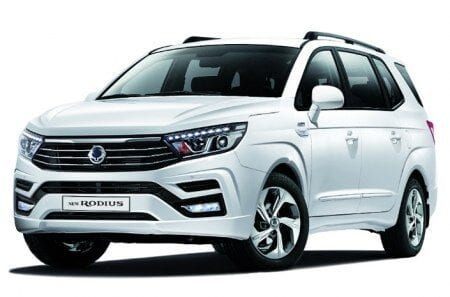
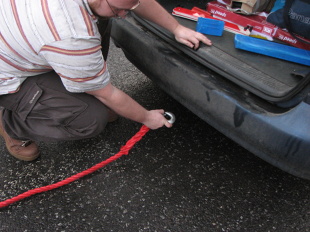 TOWING THE VEHICLE
TOWING THE VEHICLE